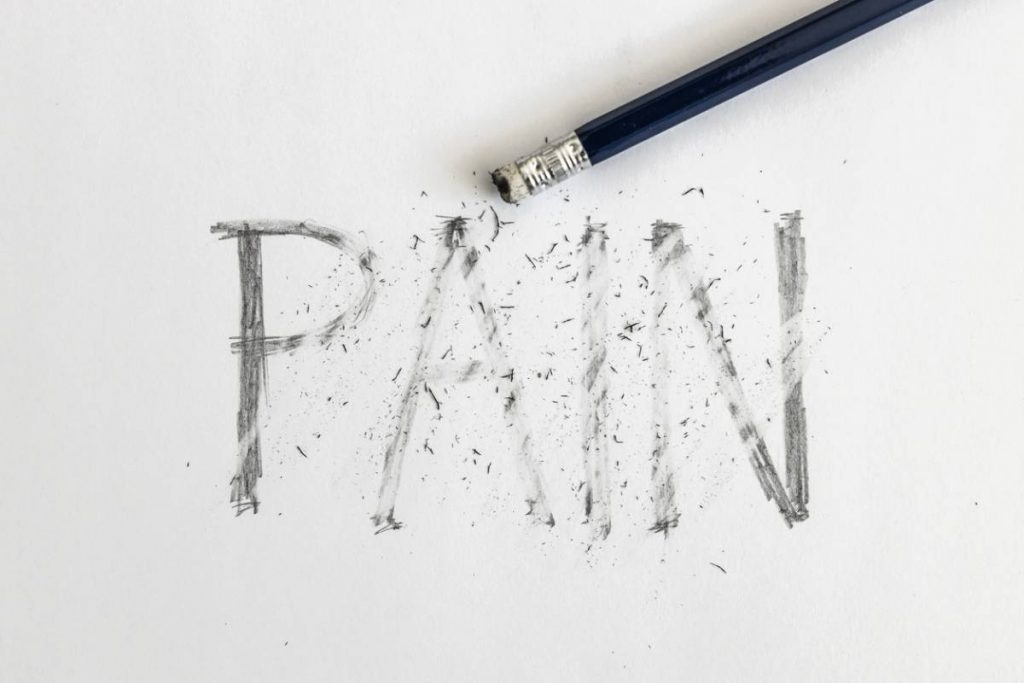Patients suffering from the symptoms of advanced arthritis might experience excruciating pain on a daily basis. No matter what kind of treatment or medication is available, nothing seems to be able to prevent patients from visiting their local Orange County pain clinic for help. Finally, there is a way to greatly reduce chronic pain and manage symptoms of pain in a much more comforting way: radiofrequency ablation.
How Radiofrequency Can Help Pain
Today, our pain clinic experts will talk about radiofrequency ablation and how radiofrequency can help get rid of pain. This innovative procedure is widely used across many facilities for many reasons, revolutionizing the way chronic pain is treated.
What is Radiofrequency Ablation?
Radiofrequency ablation is also known as RFA and has been established as the best clinical procedure to reduce symptoms of electronic pain. It works via electrical current; radiowaves are activated to create heat, which then warms parts of the tissues in the body. Using these radiowaves, the heat muffles or cancels out the pain signals in that part of the tissue. This effectively “blocks” pain signals and reduces the body’s responses to that discomfort.
What Conditions Does Radiofrequency Treat?
Depending on the type, location, and severity of the pain, radiofrequency ablation may be used to treat anybody with long-lasting pain. If you or someone you love has been dealing with prolonged pain in the back, spine, or joints, they may benefit greatly from this procedure.
And not to worry – radiofrequency ablation is completely safe! Many patients tolerate this treatment very well and there are hardly any known side effects or complications. Your doctor will let you know whether or not there are any inherent risks you should know about before the procedure begins.
How the Procedure Works
It’s important to know what to expect before your medical treatment. Your doctor will likely give you a list of preparation instructions before the day of your appointment. For example, you should not eat within 6 hours of the procedure. Once you arrive and are prepared, you will have an IV put into your arm. This procedure requires a mild sedative, but you do not need to be fully asleep. Your doctor might even want you to be awake so you can help them accurately reduce the points of pain.
During the procedure, a doctor uses an x-ray to guide a very small needle into the area of tissue where there is pain. Following that is a microelectrode which will start heating up the needle. You should not feel any pain or sensation during this process, although you will definitely feel better afterward.
Recovering From Radiofrequency Ablation
After the procedure, you will have to stay in the recovery room for a while so we can monitor your results. But we will discharg you on the same day as your procedure in most cases. You should not be driving or doing any heavy lifting for at least one day after the procedure, and you should hold off on showering for a couple of days. Otherwise, you are free to slowly start resuming your normal activities. You may feel some numbness or discomfort on the procedure area for a short while before the beneficial effects kick in.
Become the Perfect Candidate for Radiofrequency Therapy Today
Chronic pain can be very difficult to deal with, regardless of where it happens in the body. Depending on the state of your pain, you may be a likely candidate for radiofrequency ablation in Orange County. Get in touch with our CRPM specialists. And let us know about your interest in reducing your pain through radiofrequency. Learn more about this procedure and schedule your personalized appointment today!


